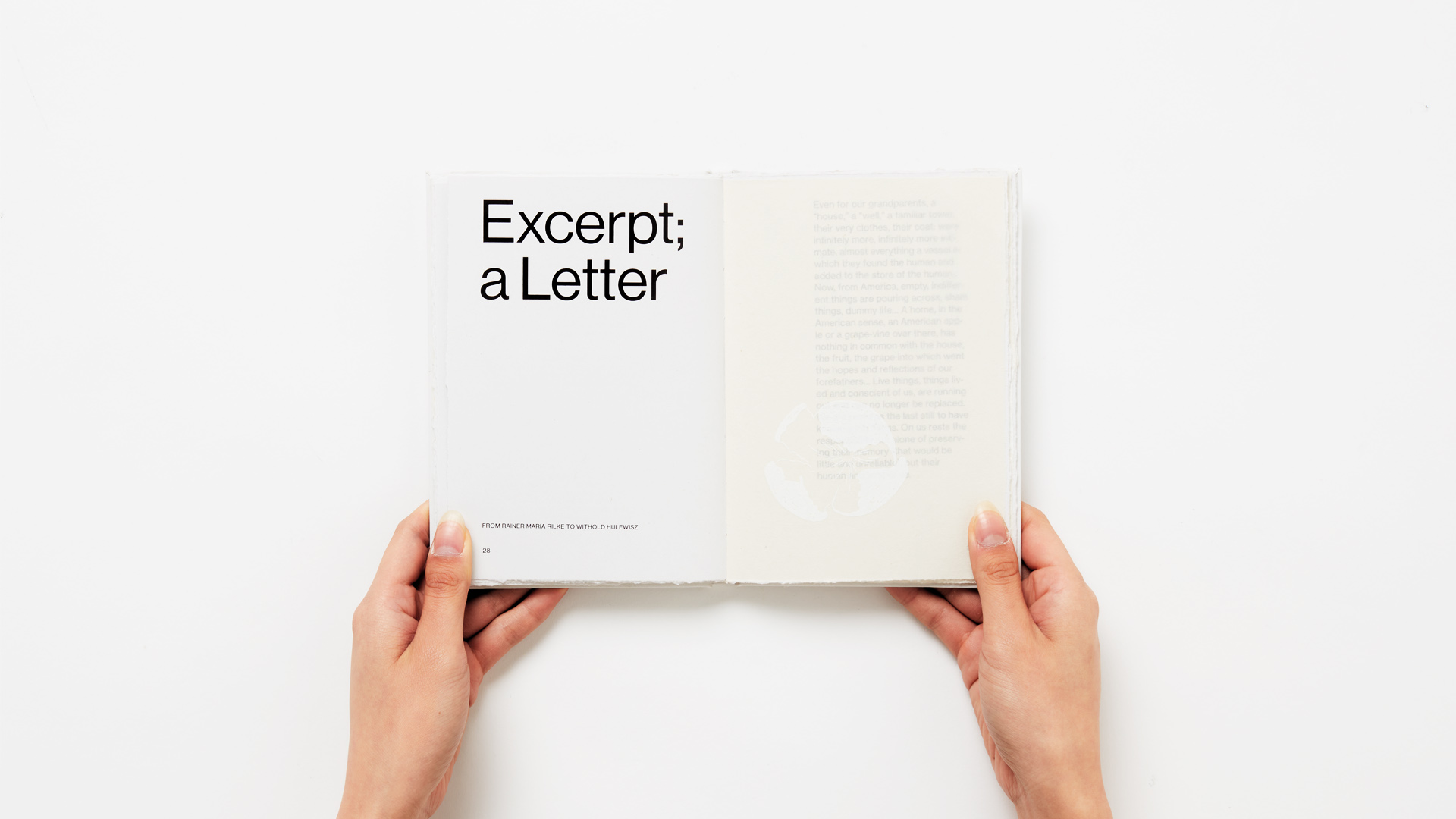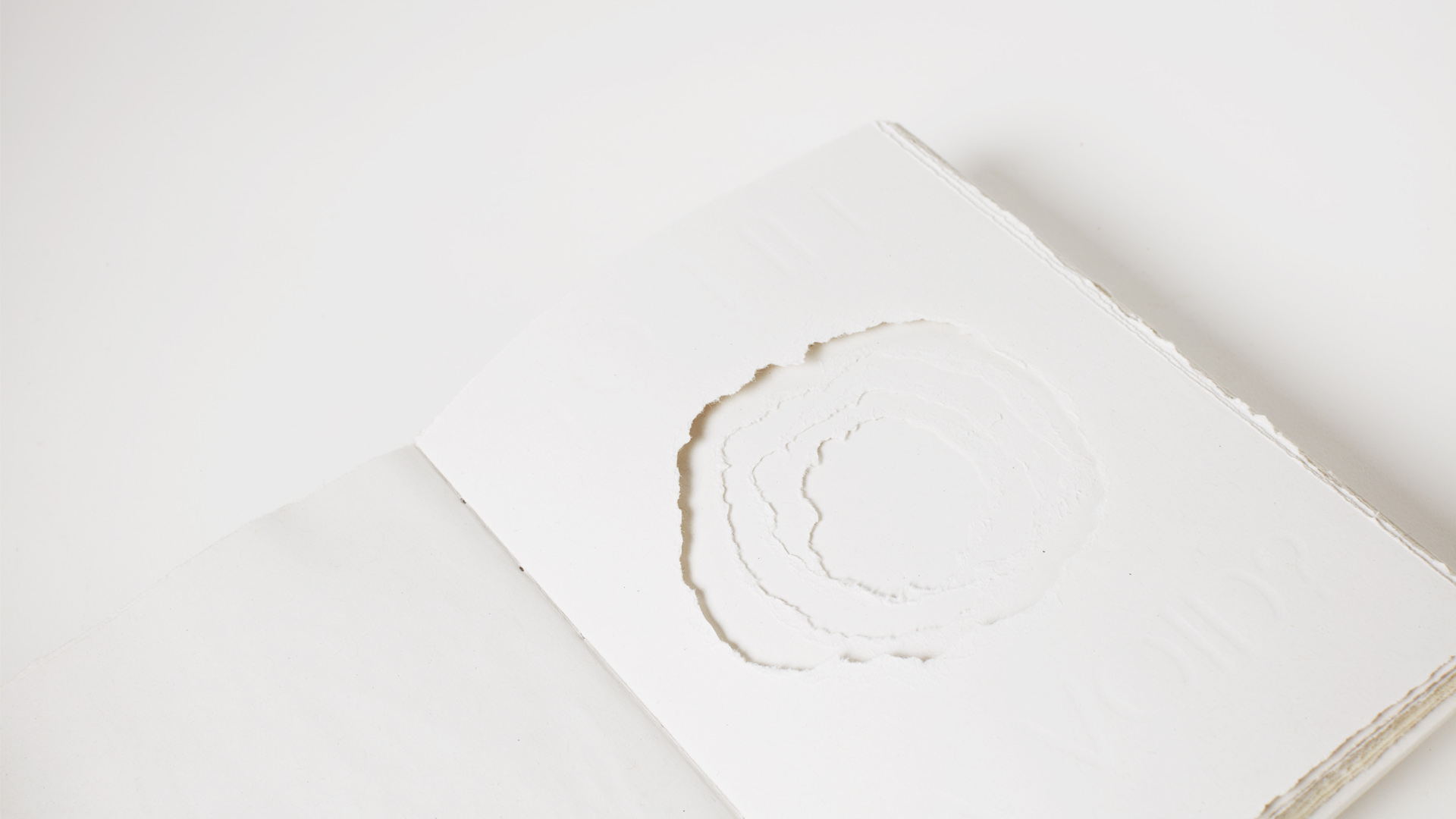
An exploration into wabi-sabi, small pleasures, and the meanings and value found in objects
My work is situated in the realms of visual communication, traditional and digital illustration, editorial design and design for social good. Skills in typography, legibility and design for social good were developed during my internship as a graphic designer for the healthcare sector, in addition to my experience in creating promotional collateral for events. Through a design process that involves thoughtfulness and empathy, I aim to create work that resonates with the viewer, in the hopes of making peoples’ day a little bit better.
The World of Things is a form of experiential publication design, designed to evoke a slow appreciation of the beauty in the subtle, simple, and intrinsic qualities of everyday objects. The form and materiality of the publication function as content the viewer can experience.
The World of Things responds to superfluous consumerism and the haphazard collection of merchandise that has led to a loss of appreciation for the intrinsic characteristics, memories, and imperfection in objects. Technological advances, increases in production efficiency, and the rise of globalisation have made objects short-lived and easily replaced (Worldwatch, 2004; Bodei, 2015). The World of Things aims to generate thought and discussion around the value of everyday things. This aligns with the philosophy of small pleasures and appreciating things that may not necessarily be opulent, but common and overlooked. It challenges the viewer to consider one’s motivations behind collecting merchandise and offers an alternative approach — the acceptance of objects as they are.
For the viewer to appreciate the qualities of this publication, it must engage their senses as a form of senseware, which is defined as a familiar thing that inspires our sensory perceptions (Hara, 2015). This sensorial perception relies on external stimulation but also considerable amounts of memories awakened by stimulation (Hara, 2015). This work, therefore, involves material exploration related to the characteristics of paper and their subtle effects on our senses.
This work is informed by traditional Japanese aesthetic philosophies, such as wabi-sabi and shibui, which value spiritual richness over superficiality and can encourage the viewer to shift their desires. Wabi-sabi suggests that objects are constantly evolving or devolving from nothingness, and beauty is therefore found in things “impermanent, imperfect and incomplete” (Koren, 2008, p. 7). Shibui favours simple, elegant, unobtrusive beauty over artificial ornamentation (Bernard, 2014). Beauty is found in the subtle details and the reduction of an object to its essence — a “balance of simplicity and complexity” (Bernard, 2014). This project is also situated in the realm of slow, thoughtful, craft-led processes that align with the principles of wabi-sabi and the appreciation of an object’s materiality. Using craft and hand-made processes can communicate a sense of humanness and authenticity, and reestablish a meaningful connection and relationship to objects.



